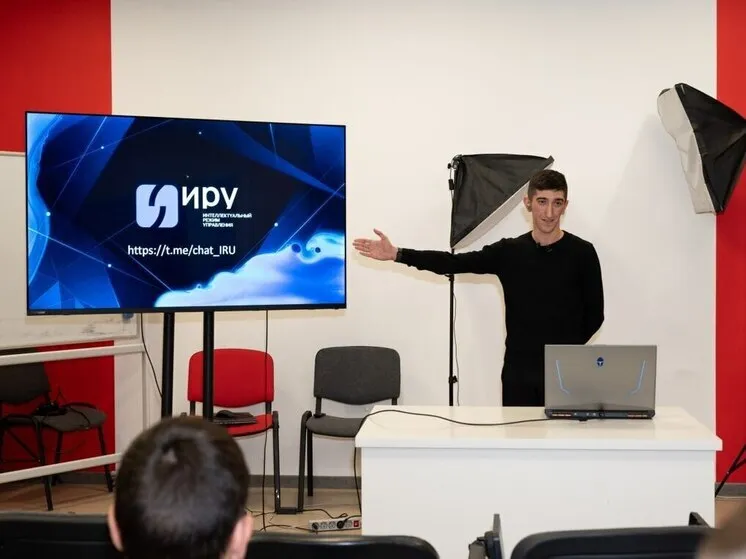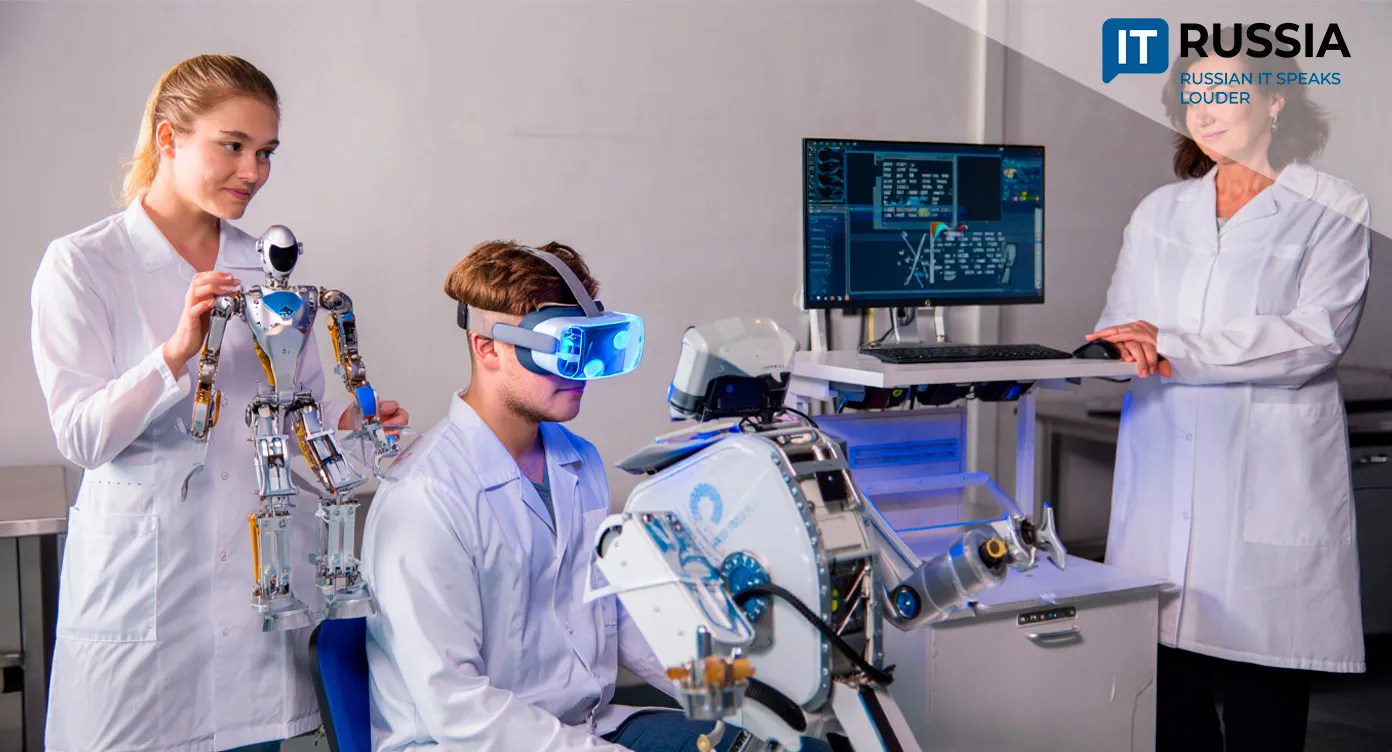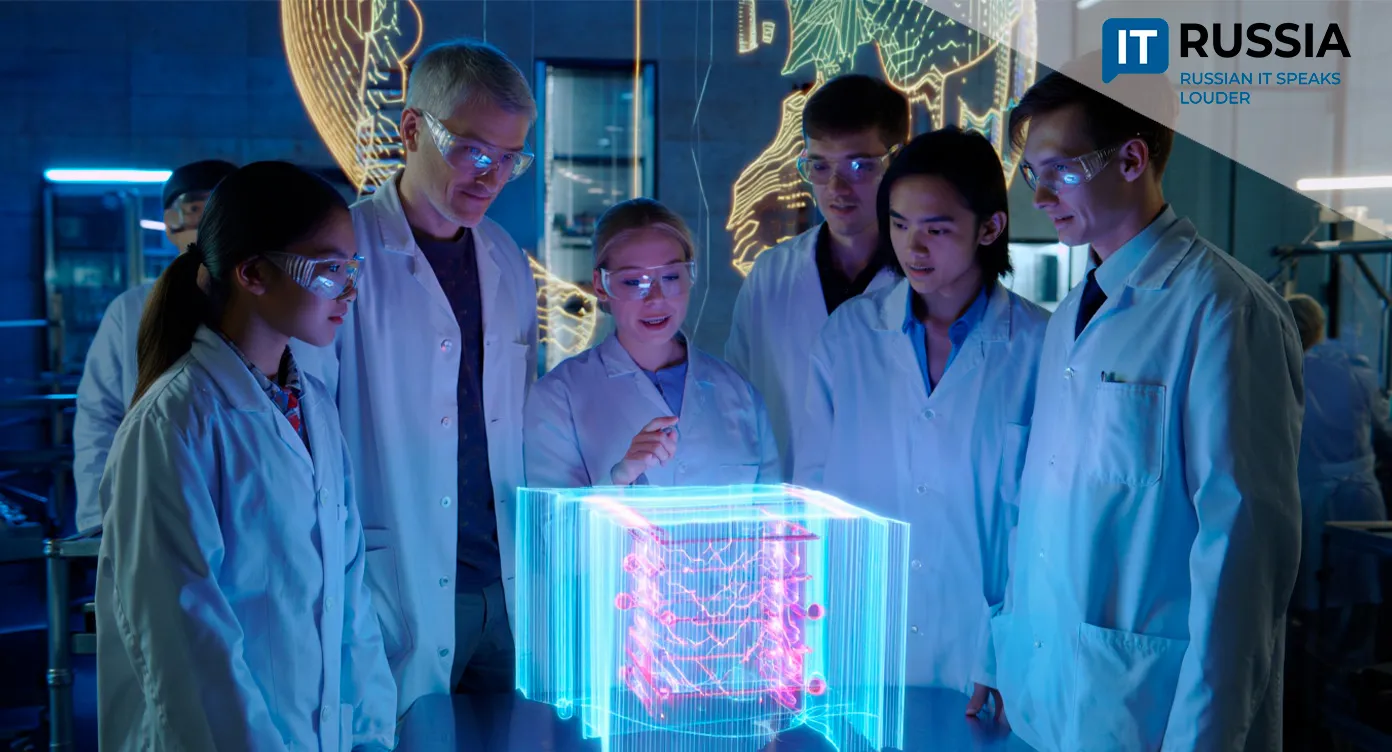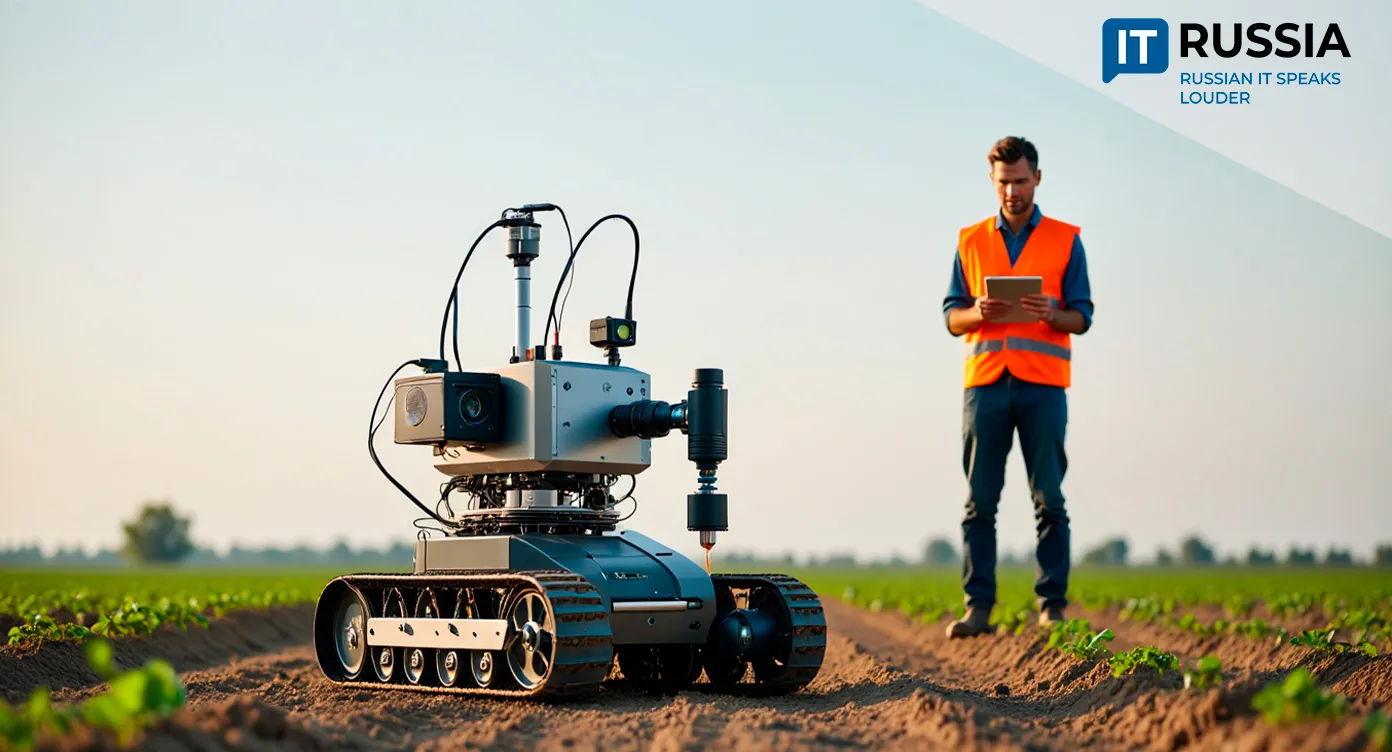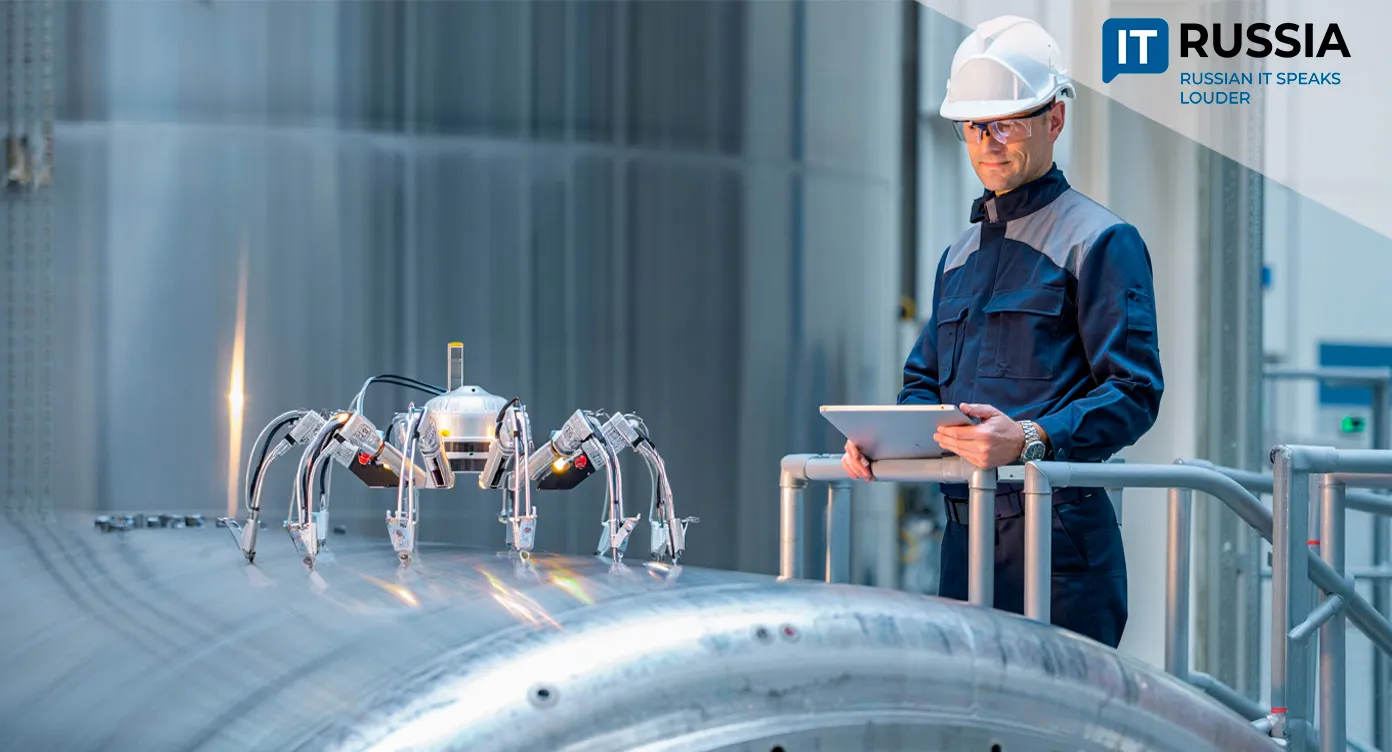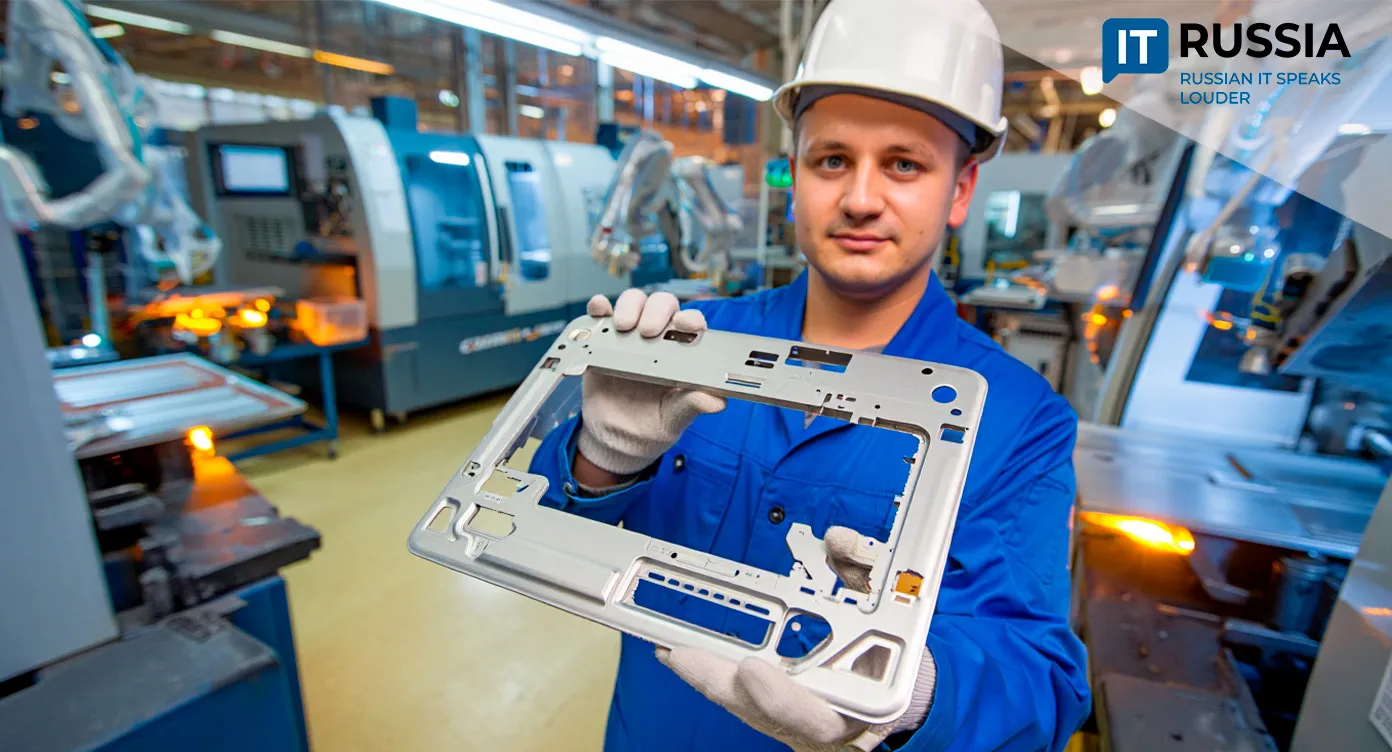The ‘Intelligent Control Mode’: When Machines Speak Their Own Language
Researchers at the Serpukhov Academy of Technology have unveiled a breakthrough in artificial intelligence control systems. Their new framework, the Intelligent Control Mode (ICM), proposes a radical departure from the idea of making machines think like humans — instead, teaching them to communicate and operate through their own computational logic.

From Human Imitation to Machine Rationality
The Intelligent Control Mode (ICM) system, developed at the Serpukhov Academy, introduces a new philosophy in AI management — one that abandons anthropomorphic thinking.
Traditional AI systems, especially those based on large language models (LLMs), are designed to imitate human thought and speech patterns. According to the ICM’s creators, this approach is inherently flawed. Humans and machines operate according to different laws. When developers attempt to translate machine logic into human language, they sacrifice speed, precision, and efficiency.

Instead, the ICM allows developers to manage AI systems through their own ontology — through data structures, computational architecture, and internal logic. This marks a conceptual shift from ‘prompt engineering,’ where users formulate commands in natural language, to what the team calls ‘architectural engineering’ — designing control systems directly in code and logic structures. This approach could lay the groundwork for a new generation of AI infrastructure.
What the ICM Means — and for Whom
On a practical level, technologies like ICM could revolutionize government and corporate IT systems. More stable, faster, and safer control systems for transportation, healthcare, and urban infrastructure become possible when AI operates as an embedded logic layer, not as a conversational assistant. For Serpukhov and the Moscow region, the initiative strengthens their reputation as technological hubs. For Russia as a whole, it is another step toward digital sovereignty.
The presentation of ICM also had an educational dimension: students and young specialists participated in the event, signaling growing local interest in AI architecture. Globally, while ICM remains experimental, it represents an alternative paradigm of AI governance that could appeal to countries seeking digital independence.
From Pilot to Ecosystem
The developers emphasize that ICM is not a finished product but a starting point. Several development paths are already envisioned.
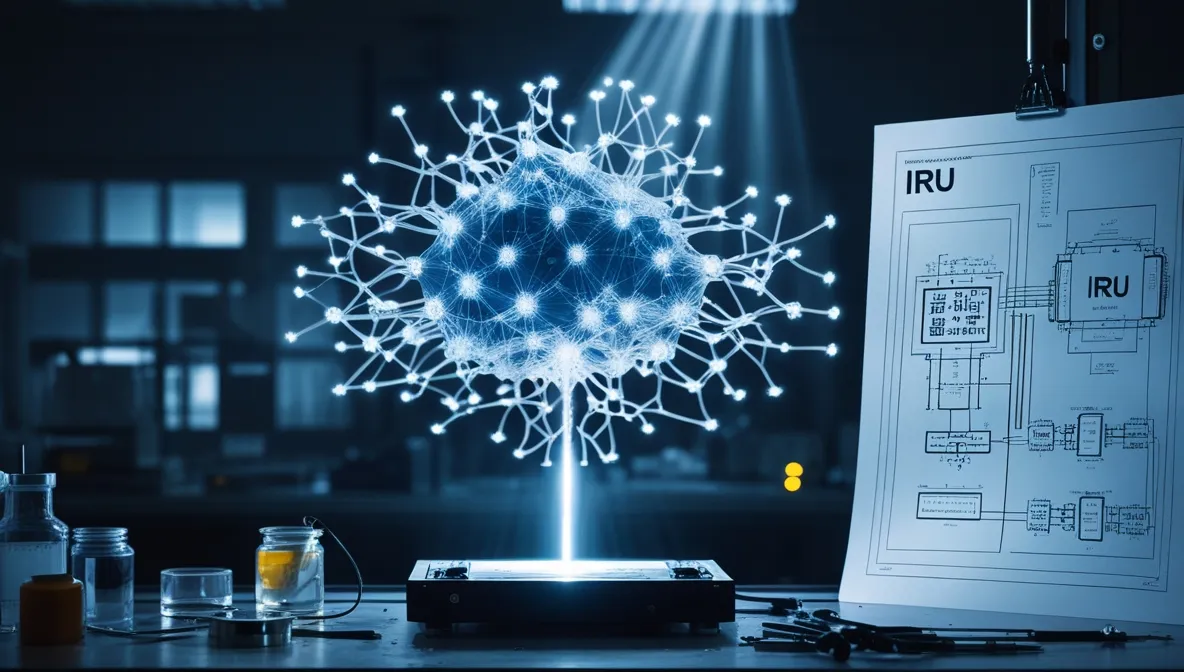
If proven successful, the technology could be exported to manage urban infrastructure or industrial processes, adapting to different national and regional contexts. In the near future, pilot projects may emerge at the municipal level — from public transportation management to digital social services.
Another possible outcome is the emergence of a new profession. The system’s creator, Ruslan Saygushkin, teaches prompt engineering and AI architecture, highlighting how these new disciplines are shaping the next generation of developers. Such expertise could become essential as machines begin to ‘think’ and ‘speak’ in their own structured logic.

Between Hope and Reality
The ICM presentation in Serpukhov marks the rise of a new IT culture in Russia — one focused on building original engineering systems rather than simply consuming imported technologies. This is a critical step toward technological independence.
The idea behind ICM is both simple and revolutionary: a machine does not have to mimic a human. It should function as what it truly is — a computational entity governed by its own logic. This concept promises not only higher efficiency but also a restoration of developer control over technology itself.


